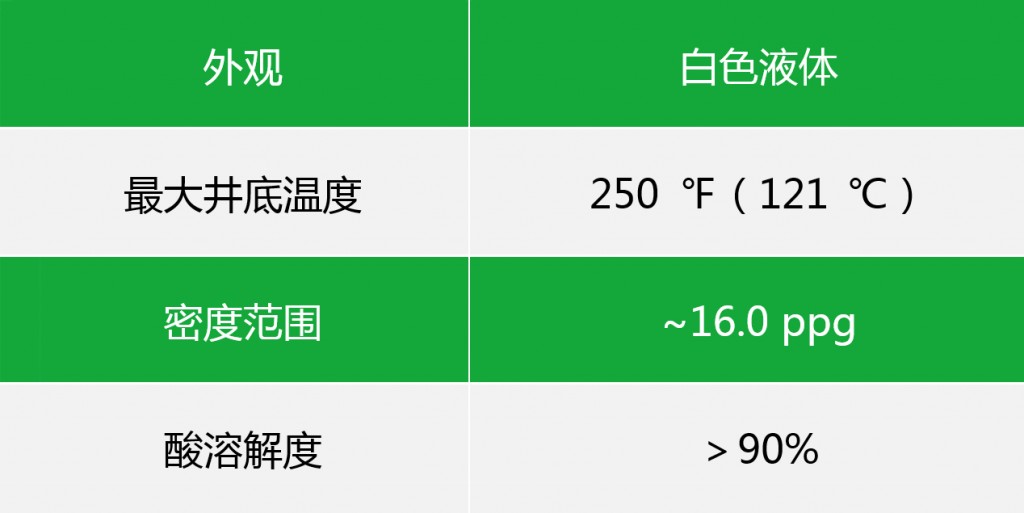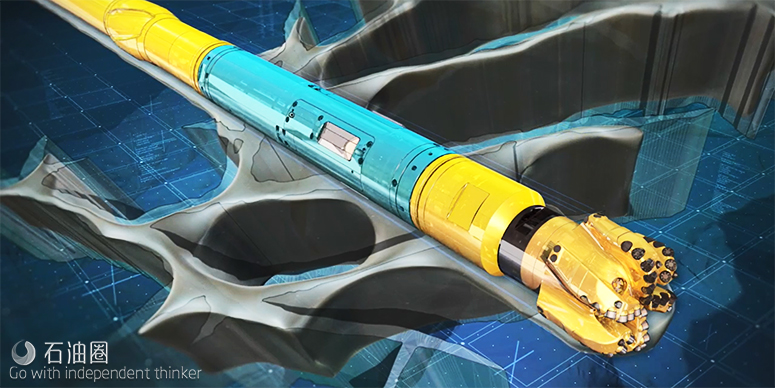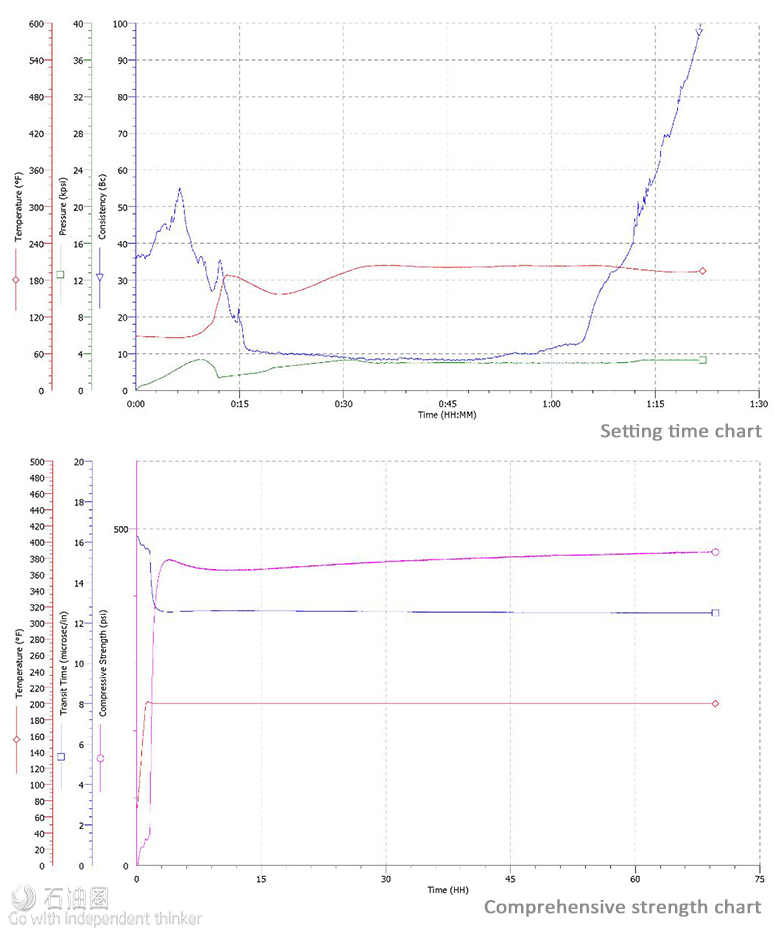The MAX-LOCK lost circulation material (LCM) from Baker Hughes, a GE company (BHGE), is a magnesia-based material designed to mitigate severe or total loss of circulation. It is especially effective in vugular or cavernous formations, plug and abandonment operations, and in establishing sustained casing pressure.
Lost circulation is one of the major contributors to drilling nonproductive time nonproductive time (NPT). Conventional bridging materials are designed to cure seepage and partial losses, but these systems are often not enough to counteract severe or totally lost circulation incidents. Increased concentrations of conventional bridging agents to reduce extreme losses has long been a challenge, because the pressure requirements to pump could actually cause losses to increase. Combating severe or total losses by using cement plugs, while common, has also has caused problems such as increased NPT, difficulty obtaining the desired thixotropic fluids behavior, and poor cement bond.
MAX-LOCK LCM can set in and seal flowpaths that are many times larger than what conventional LCMs are capable of.
This prevents the downtime that cement jobs would require, and its thixotropic properties enable it to seal loss zones that cement cannot reach
Environmental information
The MAX-LOCK LCM has been evaluated in the BHGE drilling fluids’ bioassay program. The US EPA Drilling Fluids Toxicity Test resulted in minimal toxicity for 5.0 lb/bbl of the MAX-LOCK LCM in a generic #7 mud system. It also passes static sheen and oil and grease standards for offshore Gulf of Mexico use. For additional information concerning environmental regulations applicable to BHGE drilling fluids’ products, contact the Health, Safety, and Environmental Department.
Safe handling recommendations
Use normal precautions for employee protection when handling products. Read safety data sheet prior to use.
Packaging
The MAX-LOCK LCM includes up to seven components, packaged in 25-lbm or 50-lbm sacks or in 55-gal drums.
MAX-LOCK? lost circulation material (LCM) is a magnesia-based, phase-transformation fluid technology that is easy to place downhole across a loss zone. It demonstrates thixotropic behavior under downhole conditions, and is customizable to set and form a high-compressive-strength plug to combat a severe lost circulation incident. Typical applications include lost circulation in vugular or cavernous formations, plug and abandonment, and in remediation of sustained casing pressure.
MAX-LOCK LCM is a high-strength, acid-soluble system designed to operate in conventional temperature environments, while providing an alternative to a conventional cement plug. The system tolerates water-based (WBM)/oil-based (OBM) mud contamination.
Key operational considerations
MAX-LOCK is recommended where severe lost circulation events occur and other conventional LCM materials fail. Several factors should be considered during planning and execution:
Estimate MAX-LOCK pill volume needed based on the loss scenario
Customize LCM setting time by estimating the static and dynamic bottom hole temperature
Determine the fracture gradient to limit ECD across the weak zone
Estimate equivalent ECD against the weak zone while pumping spacers and MAX-LOCK pill
Evaluate QA/QC of product and water analysis to further verify pill performance
Evaluate the effect of contamination on MAX-LOCK setting time and compressive strength
Advantages of MAX-LOCK LCM include:
Thixotropic shear thinning gels
Customizable setting time
Rapid deployment and easy to place (single trip)
Resists flow through loss zones before setting
High compressive strength
Strengthens loss zones to enable drilling
Safe to use in production zones
Can be used as an isolation plug to prevent gas migration
High acid solubility, 90%+
Applications
• Operations with a potential for severe or total loss of circulation
• Applications where acid solubility is critical
• Areas where gas migration is a concern
• Plug and abandonment operations
• Zonal isolation, casing repair, or other environmentally-sensitive operations
Features and benefits
• Thixotropic shear thinning gels
• Easy to pump through bit
• Prevents gas migration
• Resists flow through loss zones before setting
– Strengthens loss zones
• Enables drilling to section target depth
?? Can function as an isolation plug
• High acid solubility, 90% or greater
• Safe to use in production zone
?? Rapid deployment
• Can be pumped from slug tank
• Eliminates unnecessary trips
• Reduces NPT
?? Customizable setting time
• Avoid pumping more than necessary
• Minimizes risk associated with flash setting
• Increases chances of bridging across loss zone
?? High tolerance to contamination
• Allows variation with mix water
• Negligible deviation with setting time and strength with contamination
Case Study
A major Middle East operator faced many challenges in mitigating lost circulation while drilling the 8 ?-in. carbonate formation (gas cap) section of a field. The troublesome loss zone consists of vugs linked by networks of fracture channels.
Typically, the operator would pump a series of lost circulation material (LCM) pills to attempt to cure losses. If the losses persisted, cement plugs, side tracking and setting packers were all used to stop the losses ? all costly and time-consuming methods for eliminating downhole losses.
Although this type of loss zone can be mitigated with the methods mentioned, offset well data showed a high probability for the losses to increase once drilling resumed and/or the LCM pill was circulated out or sidetrack started.
Baker Hughes, a GE company (BHGE), designed the MAX-LOCK? lost circulation material for this very type of fractured, vugular formation. The MAX-LOCK LCM can be squeezed into the vugs and travel through the fractures to fill other vugs in the loss zone network that might have been encountered once drilling resumes. The thixotropic behavior prevents further flow through the loss zone after squeezing.
Once the MAX-LOCK LCM is “set,” it retains a compressive strength that isolates the loss zone from the wellbore and prevents lost circulation from occurring in the treated zone after drilling resumes. The MAX-LOCK LCM is also acid soluble and can be remediated during the completion phase to maximize reservoir output in highly permeable fractured zones. In this case, the operator drilled this section with a 10.7 ppg KCl polymer mud weighted with calcium carbonate.
Drilling commenced as planned until a sudden and total loss of circulation was observed at a depth of 5,207 ft (1587 m). Immediate action was taken to maintain hydrostatic head across the gas cap and avoid any well control issue. A 12.5 ppg mud cap was continuously pumped at 60 bbl/hr through the annulus while preparing LCM pills.
Three conventional LCM pills were pumped while MAX-LOCK chemicals were mobilized to the rig. The third conventional LCM pill aided in reducing the loss rate from “total losses” to a partial return.
Based on laboratory testing and simulating downhole conditions, BHGE personnel recommended 55 bbl of MAX-LOCK to cure the targeted loss zone and allow the operation to regain full circulation.
This engineered approach allowed the MAX-LOCK LCM to be spotted effectively across the loss zone. The drill pipe was then pulled to the calculated pill top. The static losses and displacement were monitored while tripping to the top of the pill and an additional 25 bbl was squeezed into the loss zone using the ECD pressure while circulating at two stands above the calculated top of the pill.
The MAX-LOCK pill was allowed to “set” while pulling out of the hole to change the bottomhole assembly as per the drilling program. The directional BHA was run into the hole, washing down to bottom with no static or dynamic losses. Once on bottom, drilling resumed without any losses to TD. The losses were fully abated throughout the liner running operation to desired setting depth.
This successful application of MAX-LOCK LCM enabled the operator to drill through a difficult loss zone quickly and effectively, without damaging the reservoir formation with unnecessary LCM material or cement.

 石油圈
石油圈



